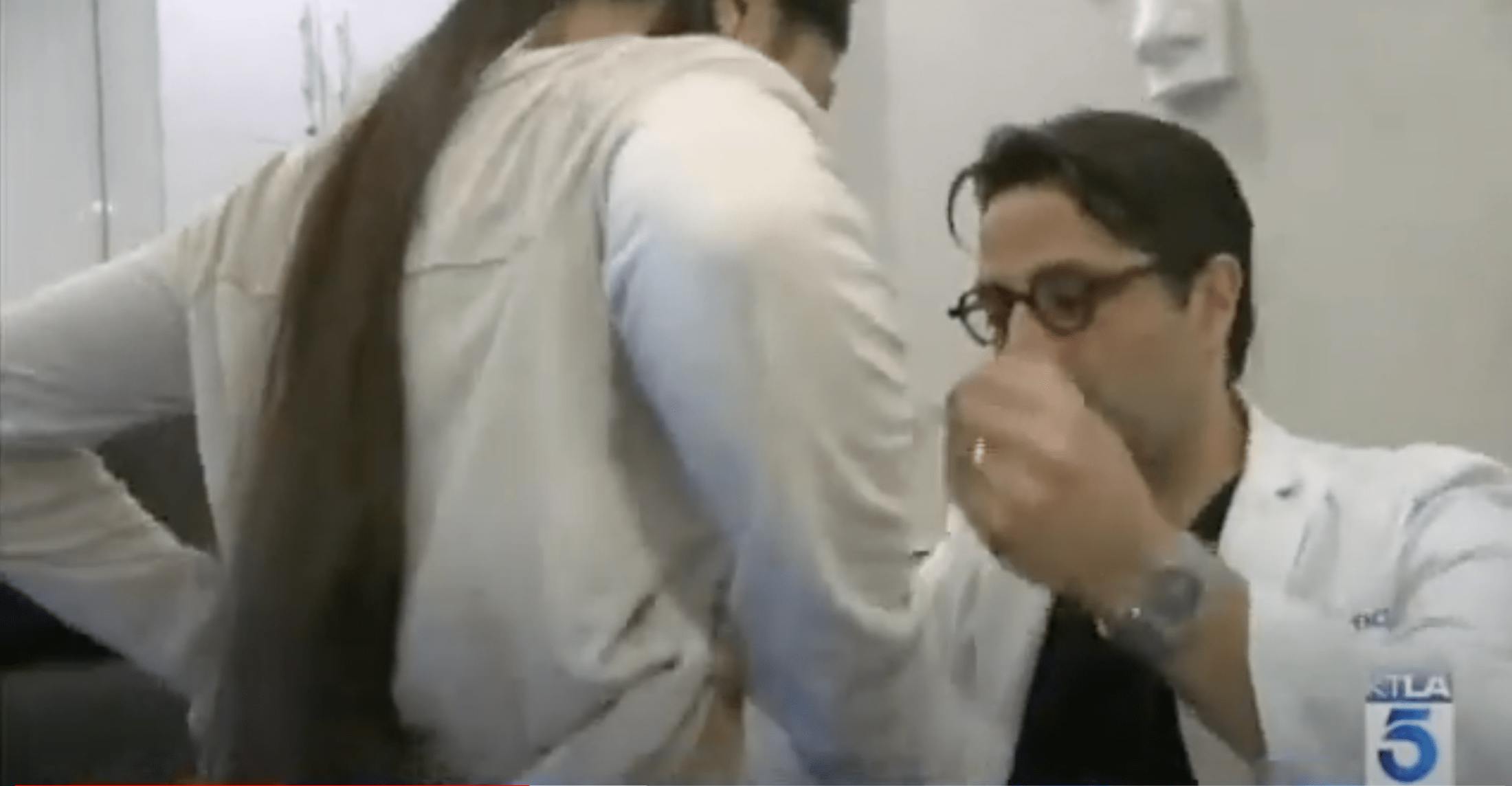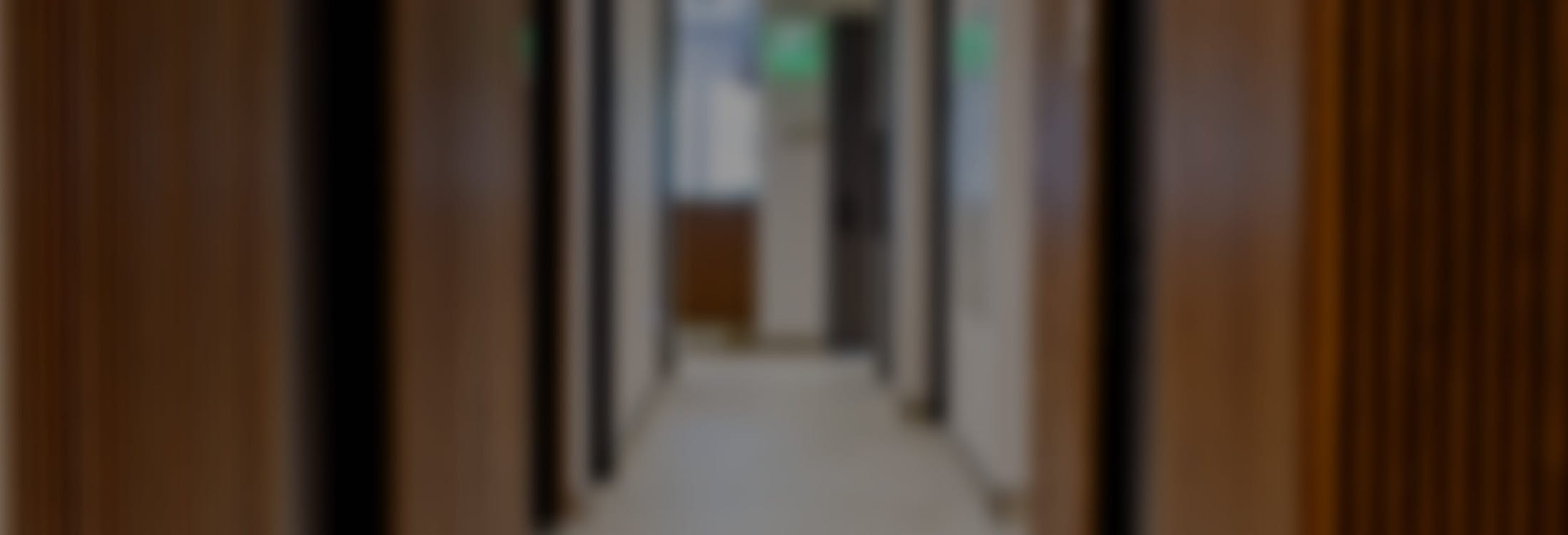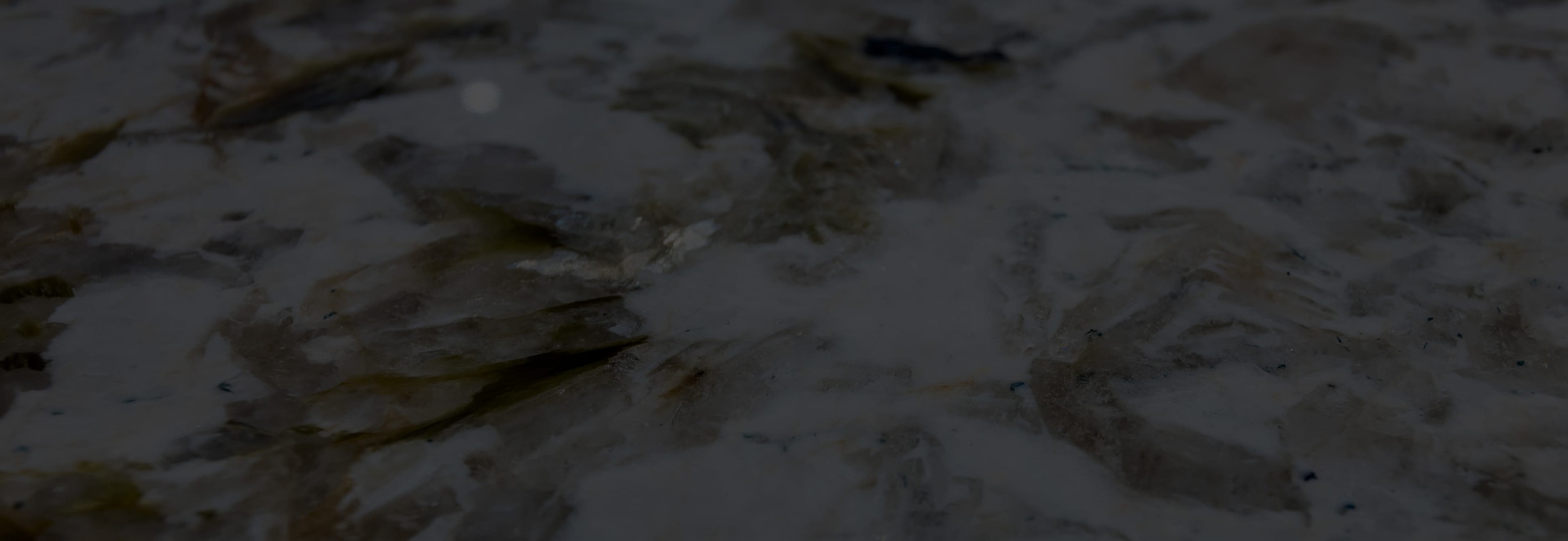Are you aware that over 60% of women continue to experience diastasis recti—often called abdominal separation—long after giving birth? If your midsection still feels unstable despite dedicated exercise, or your stomach protrudes in a way reminiscent of pregnancy, diastasis recti may be the reason. Though very common, this condition is under-discussed, leaving many women without the support they need to restore their core strength and shape.
Correcting Diastasis Recti and Hernias Together
Addressing both conditions in one procedure helps create a firmer, more stable midsection:
- Reinforcement of the Midline: Bringing the fascia to its proper alignment provides essential support for a coexisting hernia.
- Reduced Risk of Recurrence: Repairing only the hernia without fixing the diastasis recti can leave thin, overstretched tissue vulnerable to future complications.
- Less Overall Surgery: A combined procedure means a single recovery period and a lower chance of needing additional corrective operations.
Because of the abdominal wall’s complexity, it’s critical to choose a board-certified, highly skilled plastic surgeon who understands these conditions' physiological and anatomical nuances.











